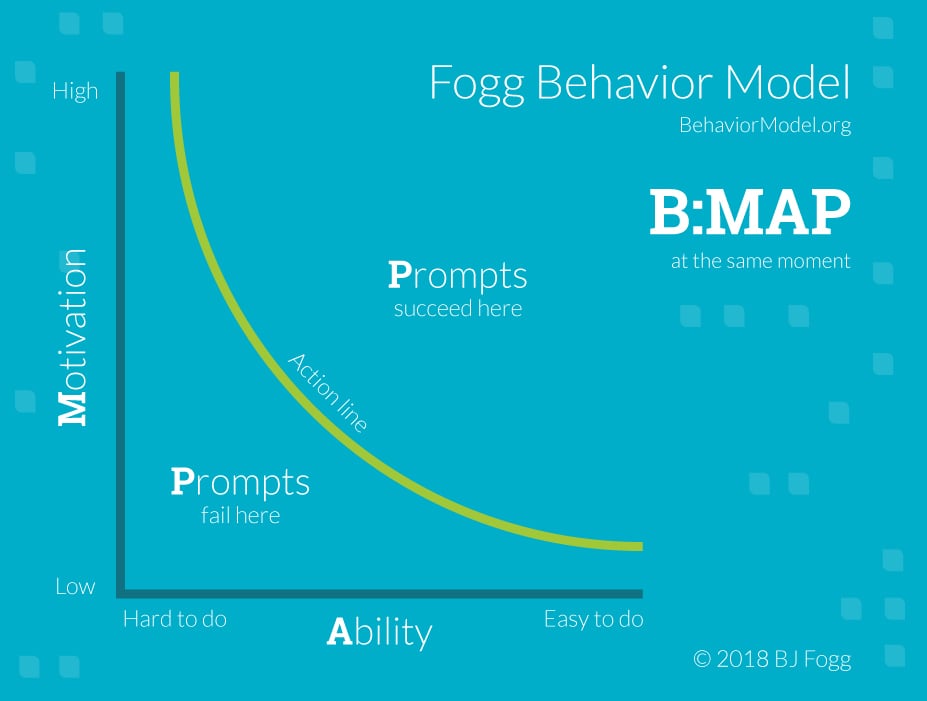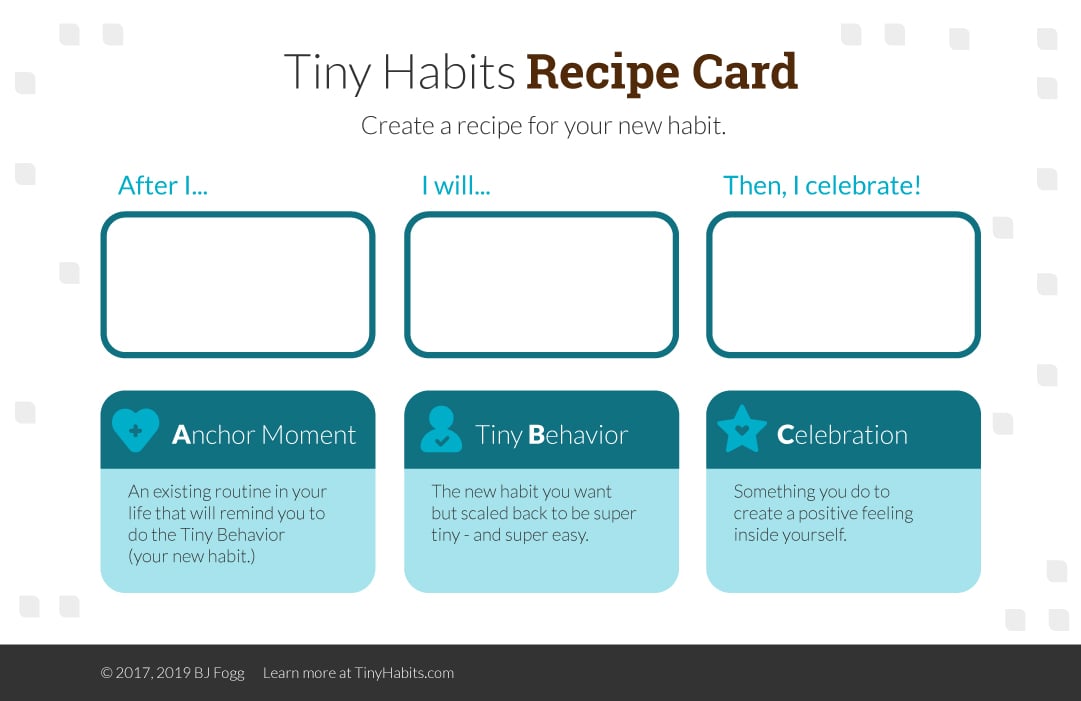Motivation is often a question and topic that comes up during coaching sessions. What is your motivation or reason to lose weight, sleep better, exercise more, etc.? Common motivators are:
- Losing a loved one to chronic disease or concerned about one’s own risk
- Longevity
- Wanting to be active with children and grandkids
- Wanting to be more energetic,
- To increase self-confidence.
With chronic diseases (heart disease, diabetes, and cancer) at epidemic levels worldwide, we are becoming more aware of how these diseases are reducing our lifespans and destroying our quality of life. On a more optimistic note, 85% of chronic disease risk is attributable to environmental factors and not genetics. This means they can be preventable with the choices and habits we engage in every day.
A common scenario I experience myself and hear from patients is starting a new workout routine or meal prepping only to lose interest or consistency after a few weeks or months. When we know the reasons — also known as motivators — for why we want to make changes and have tools (like our smartphones) it seems like it should be easier to stay motivated and consistent. With groceries being delivered at the click of an app and virtual workouts readily available, how do we utilize our motivators and tools to create consistent follow-through habits?
B = MAP
To understand the reasoning behind loss of interest and/or motivation we need to look at what influences our behaviors. Motivation fluctuates up and down, moment by moment. There is a significant amount of effort put into relying only on motivation to reach our goals. However, motivation is only one part of the equation. According to Dr. BJ Fogg, Behavior Scientist at Stanford, B = MAP.
Behavior (B) happens when Motivation (M), Ability (A), and a Prompt (P) come together at the same moment.
Motivation is the desire to do the behavior.
Ability is a person’s capacity (time, money, physical/mental effort) to do the behavior.
Prompt is the cue to do the behavior. When a behavior does NOT occur, at least one of these three elements is missing.

Design your healthy habit
B=MAP provides the foundational knowledge piece for setting up new healthy habits and being able to consistently do them long term. This information can easily be applied and put into action with Dr. Fogg’s Tiny Habits Method.
Learn more about the science behind behavior change — download our free whitepaper to learn more!
If you do not know where to start when designing your habit, there are a variety of “focus areas” to pick from. The following are five healthy behaviors that prevent chronic illness according to the CDC:
- Not smoking
- Exercising regularly
- Drinking moderately or avoiding alcohol altogether
- Maintaining a healthy body weight
- Getting enough sleep
I would say that “maintaining a healthy body weight” could include nutrition and stress management habits as well.
Tiny habits recipe
“Success occurs when opportunity meets preparation” — Zig Ziglar
With the Tiny Habits method, the focus is on small actions that can be done in less than 30 seconds. Starting tiny means beginning to create a big change without worrying about the time involved. New habits will quickly wire in, and then they will grow naturally.
The Tiny Habit Recipe of BJ Fogg consists of three steps:

- Anchor Moment An existing routine (like brushing teeth) or an event that happens (like a phone ringing). The Anchor Moment reminds us to do the new Tiny Behavior.
- New Tiny Behavior A simple version of the new habit YOU want, such as flossing one tooth or doing two push-ups. The Tiny Behavior is done immediately after the Anchor Moment. Example: “I will floss one tooth or do 2 push-ups after brushing my teeth.”
- Instant Celebration Celebrate immediately after doing the new Tiny Behavior. With the Tiny Habits method, you celebrate successes no matter how small they are. To celebrate, say or do something to create positive emotions such as saying, “I did an awesome job!” This is how we take advantage of our neurochemistry and quickly turn deliberate actions into automatic habits. We change BEST by feeling good. If you feel successful (after celebrating), your motivation will increase as well.
Grow your habit garden
How can we be successful with implementing our habits? With only 6% of Americans meeting the CDC healthy habit guidelines, you are not alone.
It may be helpful to think that forming a habit is like growing a plant:
- You start with something tiny, a seed or a sprout (Behavior).
- You find a good spot (Anchor) for it in your garden (proper soil, light, moisture).
- You nourish (Celebrate) your tiny plant so the roots get established
Going through these three steps, your tiny plant will take root and thrive. It is important to remember that celebration is the habit fertilizer. Each individual celebration strengthens the roots of a specific habit, but the accumulation of celebrations over time is what fertilizes the entire habit garden. Talk about small steps (plants) leading to BIG progress and results (a beautiful garden).
What healthy habit can you design and start planting?
Healthy habits are the best form of preventative healthcare. Learn more about why sick care is doomed to failure by downloading our FREE white paper.

References:
Fogg, B. (2012). Let Tiny Habits change your life. Retrieved June 27, 2020, from https://www.tinyhabits.com/
Forget big change, start with a tiny habit: BJ Fogg at TEDxFremont [Video file]. (2012). Retrieved June 27, 2020, from https://www.youtube.com/watch?v=AdKUJxjn-R8
Lacroix, B. (2020). Tiny habits and the Fogg Behavior Model - BJ Fogg. Retrieved June 27, 2020, from https://www.mindsforchange.com/tiny-habits-and-the-fogg-behavior-model/
Liu Y, Croft JB, Wheaton AG, Kanny D, Cunningham TJ, Lu H, et al. Clustering of Five Health-Related Behaviors for Chronic Disease Prevention among Adults, United States, 2013. Preventing Chronic Disease. 2016;13:160054. https://www.cdc.gov/pcd/issues/2016/16_0054.htm.
Rappaport S. M. (2016). Genetic Factors Are Not the Major Causes of Chronic Diseases. PloS one, 11(4), e0154387. https://doi.org/10.1371/journal.pone.0154387